KATHMANDU, Nov 15: The air traffic at the Gautam Buddha International Airport (GBIA) which was built as an alternative for international flights at Nepal’s busiest airport, Tribhuvan International Airport (TIA), has been affected due to poor visibility during the winter season.
The GBIA, which has seen record increase in the number of flights after the reduction of operational hours of the TIA to 14 hours per day, has been affected by the lack of adequate visibility for landing. The TIA is currently closed from 10 pm to 8 am to facilitate the construction works for the expansion of the taxiways which started on November 8, with a projected completion date of March 31, 2025.
Spokesperson for the GBIA, Dipak Kumar Bajracharya, told Republica that a Jazeera Airways flight inbound for the GBIA, Bhairahawa, on Wednesday at 7:30 am was diverted to the Tribhuvan International Airport (TIA) due to the poor visibility at the airport. The flight on the Kuwait-Bhairahawa-Kuwait route, which was supposed to have departed from the GBIA at 8:30 am, landed at the airport only in the afternoon. Jazeera operates three flights a week, on Tuesdays, Thursdays, and Saturdays, at the same time schedule.
CAAN asks airlines to operate int'l chartered flights from GBIA

According to Hansa Raj Pandey, deputy director general of the Civil Aviation Authority of Nepal (CAAN), due to the poor visibility conditions in the Terai belt during the winter season, flights can only land at the airport after around 10 am. “International operators know that the problem of visibility condition is not local to Bhairahawa but extends to the entire Terai belt which include major north Indian cities,” Pandey told Republica, “This means that the airline took the risk to operate the flight at an unviable time.”
Pandey informed Republica that the Instrument Landing System (ILS), a radio navigation system which provides a short-range precision guidance to assist aircraft in approaching the runway during night or bad weather conditions, although installed at the GBIA, is currently non-functional. He clarified that the Runway Visual Range (RVR), the distance over which a pilot of an aircraft can see the runway surface markings or lights identifying its center line, needs to be at least 800 meters for operating the ILS while the visibility at the airports in the Terai belt during mornings of the winter season is barely 10 meters.
“Since the weather condition prohibits the operation of the ILS, the CAAN searched for internationally-accepted alternatives for safe landing during poor weather conditions,” Pandey said, “We have reached the conclusion that the Required Navigation Performance Authorization Required (RNP AR) is a viable option to operate landing at the GBIA.”
The RNP AR procedure requires adequately-equipped and technologically-advanced aircraft as well as well-trained pilots in the procedure for a successful operation. CAAN will need to run a validation flight from an organization which has both the required aircraft and pilot. Following a successful validation flight, a report will be submitted to the International Civil Aviation Authority (ICAO), which will only issue an approval after 56 days of the flight.
“CAAN is in the process to issue a tender for the validation flight,” Pandey informed Republica, “However, as the validation flight in itself will require time for operation due to the tender process and the approval is only issued after 56 days, it is unlikely that the GBIA can operate flights with the RNP AR procedure during this winter.”
Since, even the RNP AR is not a viable option for this winter, Pandey suggested that the best alternative is for the flight operators to change the timing of their flight. “In case of Jazeera Airways, the operator took the risk to run the flight during an unviable time since they know of the weather condition of the entire Terai belt,” Pandey said, “The only feasible option for this winter is that the airline operators change their flight timings at the GBIA to after 10 am.”



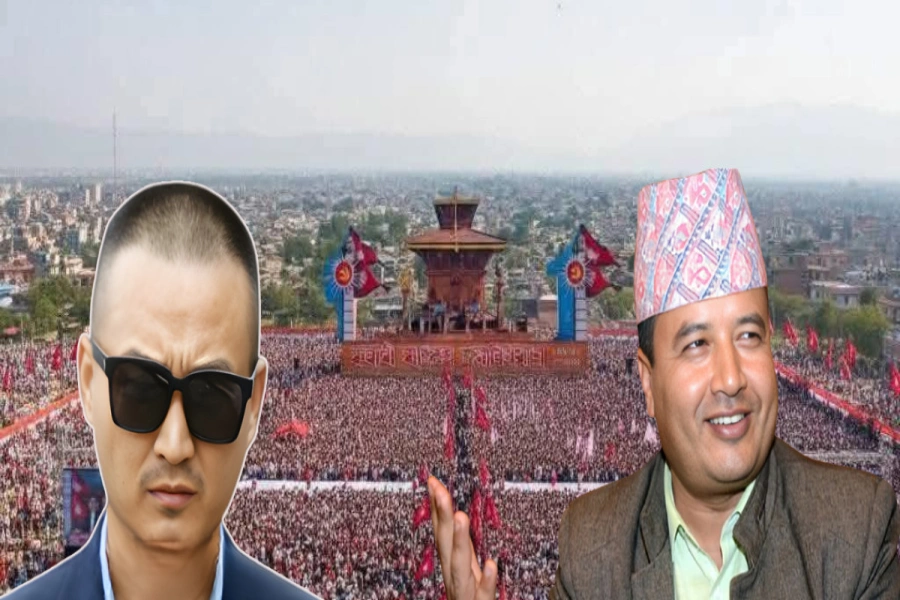

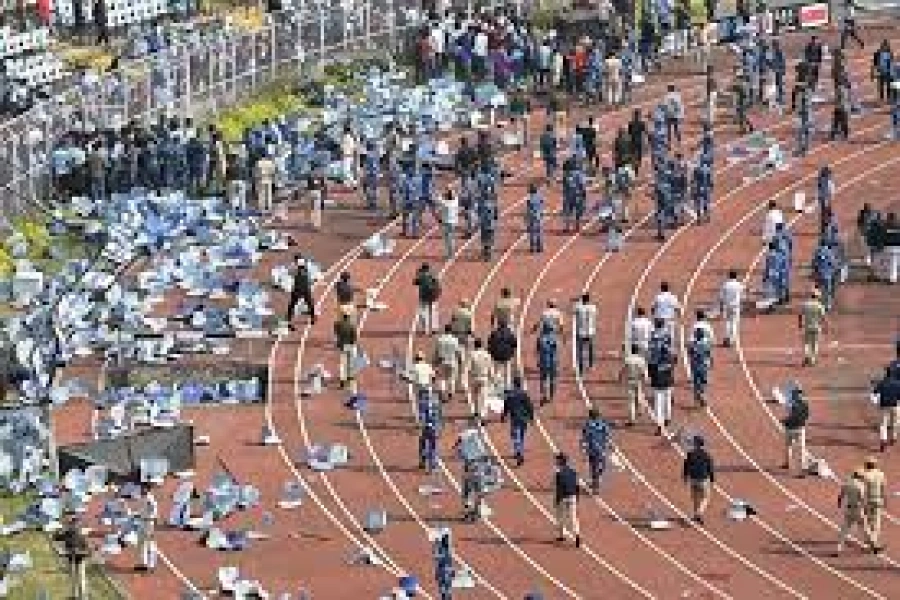
-1765616104-1765618344.webp)









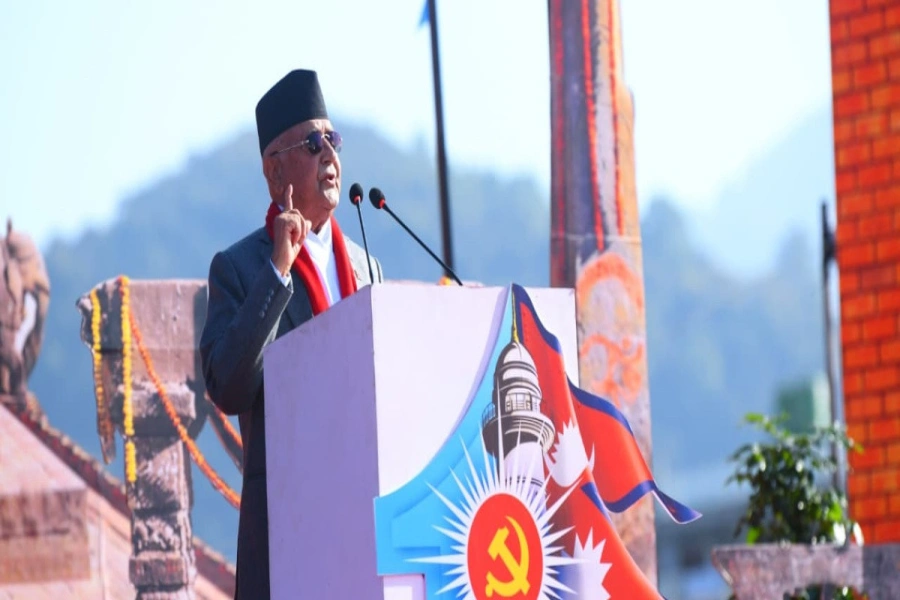


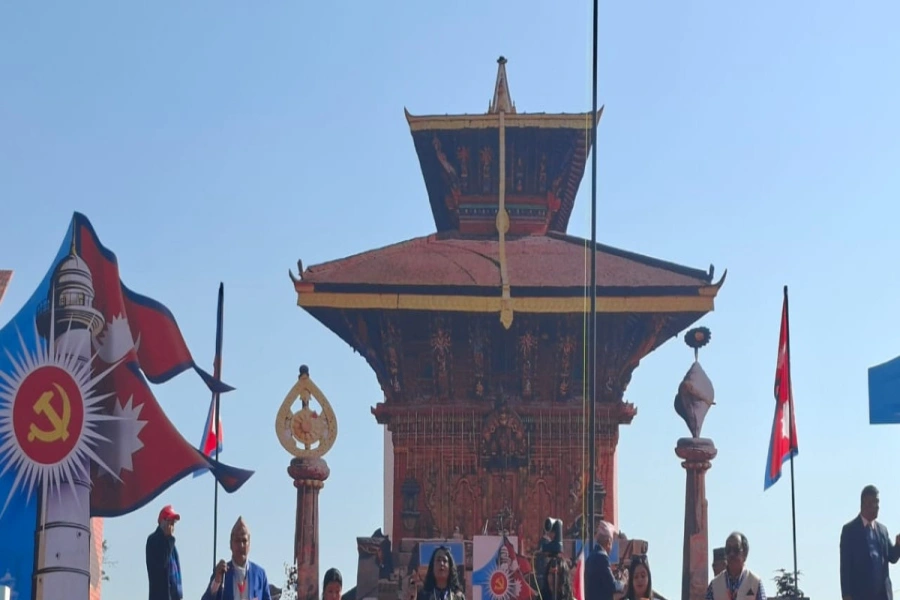






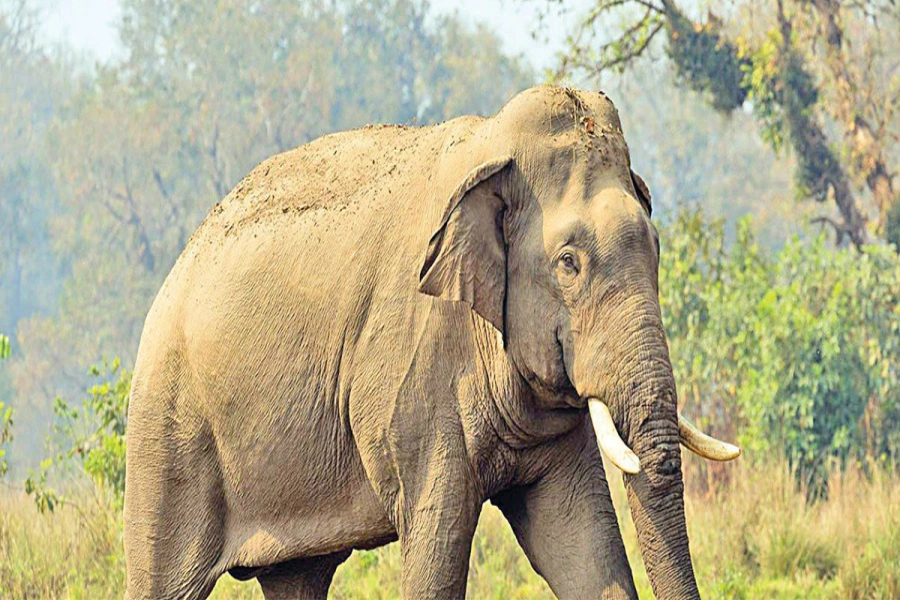









-1765616104.webp)
